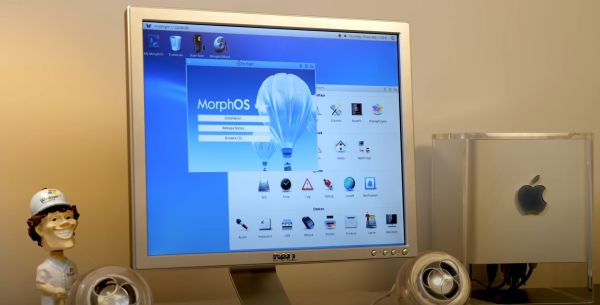When looking at the specifications of smartphones that have been released over the past years, it’s remarkable to see how aspects like CPU cores, clockspeeds and GPU performance have improved during this time, with even new budget smartphones offering a lot of computing power, as well as a smattering of sensors. Perhaps even more remarkable is that of the approximately 1.5 billion smartphones sold each year, many will be discarded again after a mere two years of use. This seems rather wasteful, and a recent paper by Jennifer Switzer and colleagues proposes that a so-called Computational Carbon Intensity (CCI) metric should be used to determine when it makes more sense to recycle a device than to keep using it.
What complicates the decision of when it makes more sense to reuse than recycle is that there are many ways to define when a device is no longer ‘fit for purpose’. It could be argued that the average smartphone is still more than good enough after two years to be continued as a smartphone for another few years at least, or at least until the manufacturer stops supplying updates. Beyond the use as a smartphone, they’re still devices with a screen, WiFi connection and a capable processor, which should make it suitable for a myriad of roles.
Unfortunately, as we have seen with the disaster that was Samsung’s ‘upcycling’ concept a few years ago, or Google’s defunct Project Ara, as promising as the whole idea of ‘reuse, upcycle, recycle’ sounds, establishing an industry standard here is frustratingly complicated. Worse, over the years smartphones have become ever more sealed-up, glued-together devices that complicate the ‘reuse’ narrative.
Continue reading “Repurposing Old Smartphones: When Reusing Makes More Sense Than Recycling”




















